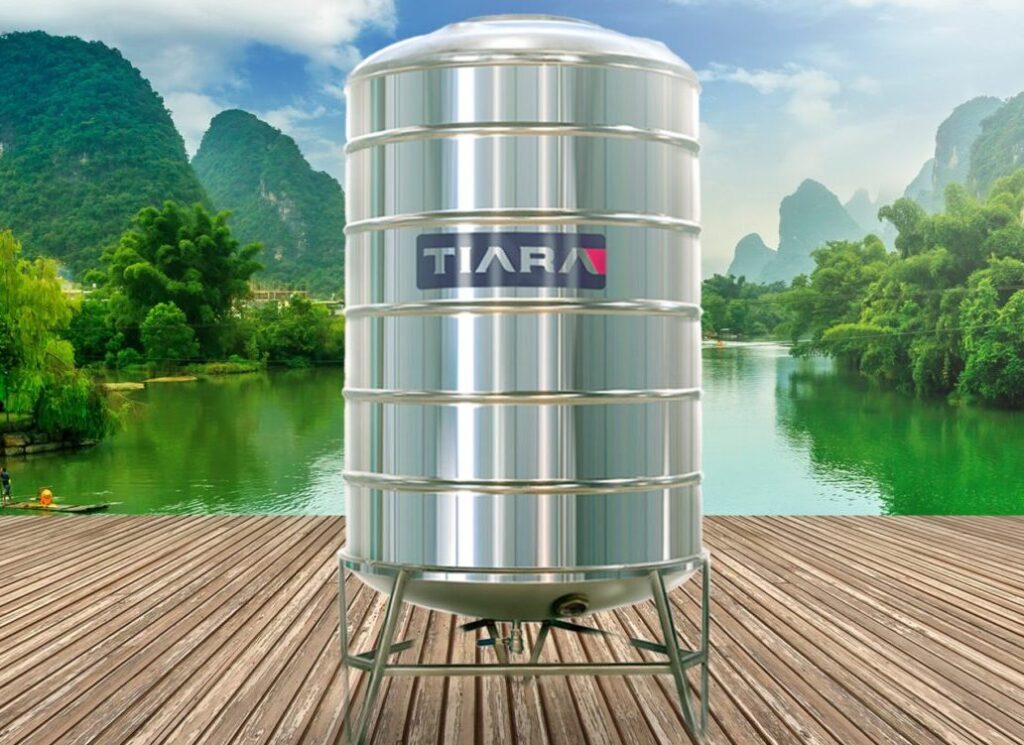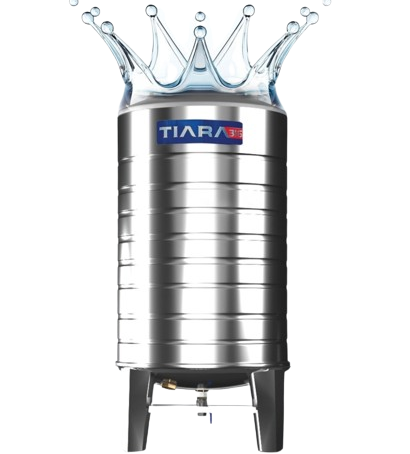
Introduction:
In the realm of water storage solutions, stainless steel tanks have become increasingly popular due to their numerous advantages. Whether for residential, commercial, or industrial use, these tanks offer a range of benefits that make them a superior choice compared to other materials. This article explores the top 10 benefits of using stainless steel water tanks, highlighting their durability, hygiene, and longevity among other key advantages of stainless steel water tanks.
Top 10 Benefits of Stainless Steel Water Tanks:
1. Exceptional Durability
Stainless steel tanks are renowned for their outstanding durability. Made from an alloy of iron, chromium, and other metals, stainless steel is highly resistant to corrosion and rust. This makes it ideal for withstanding various environmental conditions, including extreme temperatures and high humidity. Unlike tanks made from plastic or galvanized steel, stainless steel tanks are less likely to suffer from damage caused by environmental factors, ensuring a longer lifespan.
2. Corrosion Resistance
One of the most significant advantages of stainless steel tanks is their resistance to corrosion. The chromium in stainless steel forms a protective oxide layer on the surface, which prevents rust and deterioration. This is particularly beneficial in areas with high moisture levels or exposure to corrosive substances, such as coastal regions or industrial environments. As a result, stainless steel tanks maintain their structural integrity and functionality over time.
3. Enhanced Hygiene
Hygiene is a crucial consideration in water storage, and stainless steel tanks excel in this regard. The smooth, non-porous surface of stainless steel minimizes the risk of bacterial growth and contamination. Unlike tanks made from materials with porous surfaces, stainless steel tanks are easier to clean and sanitize. This ensures that the water stored remains pure and safe for consumption, meeting high hygiene standards.
4. Longevity
Stainless steel tanks are designed for longevity. Their resistance to rust and corrosion means that they can last for decades without significant degradation. This longevity translates into reduced replacement and maintenance costs over time. Investing in stainless steel tanks means fewer worries about the need for frequent repairs or replacements, making them a cost-effective choice in the long run.
5. Temperature Regulation
The thermal conductivity of stainless steel contributes to better temperature regulation of stored water. This feature of the Stainless steel tank helps maintain a more consistent temperature, reducing the risk of temperature fluctuations that can affect water quality. This property is particularly useful in preventing the growth of algae and other microorganisms that thrive in fluctuating temperatures.

6. Aesthetic Appeal
Stainless steel tanks offer a sleek and modern appearance, which can enhance the aesthetic appeal of any property. Their polished, shiny finish adds a contemporary touch to residential or commercial spaces. Additionally, stainless steel’s resistance to staining and discoloration ensures that the tanks continue to look good over time, complementing the overall design of the property.
7. Low Maintenance
Maintaining stainless steel tanks is relatively easy compared to other materials. Their corrosion resistance and smooth surface mean that they require minimal upkeep. Regular inspections and basic cleaning are usually sufficient to keep them in good condition. This low maintenance requirement makes stainless steel tanks a practical choice for busy environments where maintenance resources may be limited.
8. Environmental Benefits
Stainless steel is highly recyclable, which contributes to its environmental benefits. The material can be recycled without losing its properties, reducing waste and conserving resources. By choosing stainless steel tanks, users support a more sustainable approach to water storage and contribute to environmental conservation efforts.
9. Strength and Impact Resistance
Stainless steel tanks are known for their strength and impact resistance. They can withstand physical impacts and stresses that might damage other types of tanks. This robust construction makes them suitable for use in high-traffic areas or industrial settings where durability is crucial.
10. Cost-Effectiveness
While the initial cost of stainless steel tanks may be higher than some alternatives, their long-term cost-effectiveness is significant. The durability, low maintenance requirements, and extended lifespan of stainless steel tanks mean that they offer substantial savings over time. Reduced replacement and repair costs, combined with their longevity, make stainless steel tanks a wise financial investment.
Conclusion:
Stainless steel water tanks offer a range of benefits that make them an excellent choice for various applications. Their exceptional durability, resistance to corrosion, enhanced hygiene, and longevity are key advantages that set them apart from other materials. Additionally, their aesthetic appeal, low maintenance requirements, environmental benefits, and cost-effectiveness further underscore their value. For anyone seeking a reliable, long-lasting, and efficient water storage solution, stainless steel tanks present a compelling option.


